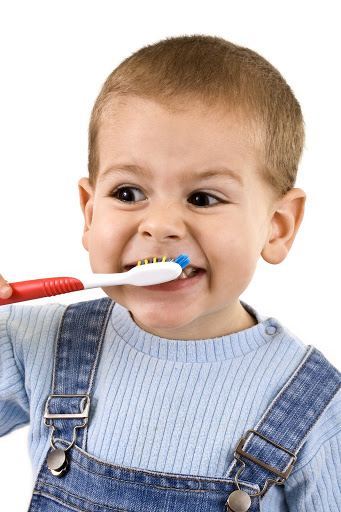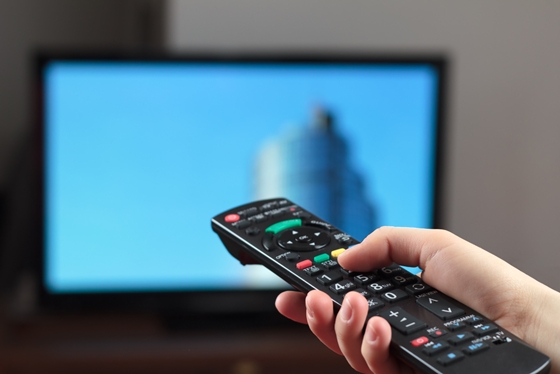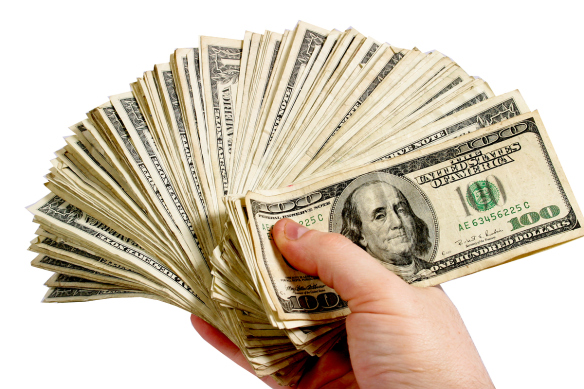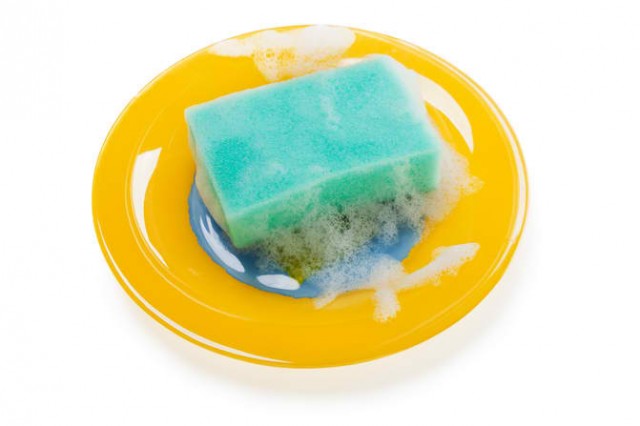5.Toothbrushes

4.Television Remotes

If you've stayed in a hotel room, you've probably held a television remote that had been held hundreds of times before you. Through a study by Katie Kirsch of the University of Houston, Kirsch and her team found that television remotes in hotels had an average of 67.6 colony-forming units of bacteria per square centimeter. These findings also proved to suggest that housekeepers and hotel maids spend only around 30 minutes per room in a typical shift, often neglecting to clean common items like remote controls. Even when they do clean items like remote controls, room cleaners often spend too little amount of time disinfecting to completely kill off the remaining bacteria growing on the remote. As a result, there is a significant risk for microbial contamination in hotel rooms, as well as spreading the bacteria to a home or office. Television remotes are therefore number four on this top ten list.
3.Mattresses

After ten years of use of a mattress, it has been shown that old mattresses will weigh more than twice the weight of what it was when it was first purchased. The reason? Dust mites and dead skin cells, in addition to bacteria and germs get buried deep into the mattress gradually over time. According to a new study conducted by Check Safety First, it was found that hotel beds are used by thousands of travelers and are never cleaned or disinfected after the high level of use. They reported that often hotels will only change and clean bed sheets and pillow covers, and leave everything else the same. Additionally, hotels often purchase reconditioned mattresses in an effort to save money. These mattresses, however, are often filled with high amounts of dust and flakes of skin, leading to illnesses not even a toilet seat would have. These combined reasons make bed mattresses number three on the list.
2.Money

In a study by Dr. Ron Cutler of the University of London, the biomedical scientist found that out of 200 bills of currency, 26 of the notes contained significant levels and concentrations of bacteria. Additionally, bacteria such as E. coli was discovered, along with Staphyloccus aurenus. Even more concerning, nearly 80 percent of the bank notes used in the study contained some traces of bacteria on them, significantly increasing the potential for ailments and sicknesses. If that wasn't enough, a study from the Melbourne's Public Defender office discovered that a single note of currency had bacteria levels that were 6.4 times greater than readings from restrooms, leading money to be dirtier than toilets. For this reason, money got number two on the list.
1.Kitchen Sponges

The first place spot on this list belongs to the common household kitchen sponge. According to Roxanne B. Sukol, a medical director of the Cleveland Clinic's Wellness Enterprise, kitchen sponges can contain as much as 10 million individual bacteria organisms per square inch of sponge. In other words, a kitchen sponge can be as much as 200,000 times dirtier than the surface of most toilet seats. The main reason why sponges are dirtier than toilet seats is due to the fact that the sponges are used to clean off food particles from unclean kitchen dishes. However, when the food particles are removed, they tend to stay attached to the sponges, festering bacteria and spreading the organisms to clean dishes. It is therefore best to replace and clean sponges thoroughly before use, decreasing the spread of germs and preventing future illnesses. As a result, kitchen sponges are the number one dirtiest items compared to a toilet seat.
翻译:毛志遥 来源:前十网












